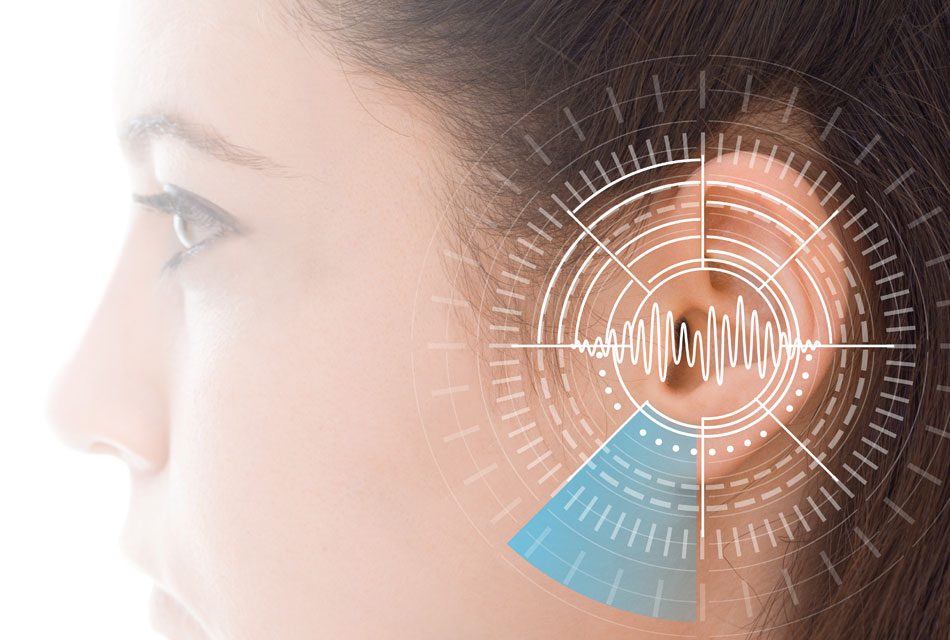
In today’s workplace, hearing conservation programs are essential for protecting employees from noise-induced hearing loss. While many companies utilize electronic medical record (EMR) software to manage the record-keeping aspects of these programs, it is crucial to understand that software alone cannot replace the expertise of a qualified professional supervisor. According to the Occupational Safety and Health Administration (OSHA) standard 1910.95, having a professional supervisor is not just beneficial but necessary for several reasons.
OSHA standard 1910.95 outlines the requirements for occupational noise exposure and the implementation of hearing conservation programs. This standard mandates that employers must establish a hearing conservation program when employees are exposed to noise levels at or above an 8-hour time-weighted average of 85 decibels (dBA). The program includes noise monitoring, audiometric testing, hearing protection, training, and record-keeping.
A professional supervisor, typically an audiologist, otolaryngologist, or other qualified physician, plays a critical role in the audiometric testing component of the hearing conservation program. According to OSHA 1910.95(g)(3), audiometric tests must be performed by a licensed or certified audiologist, otolaryngologist, or other physician, or by a technician who is certified by the Council for Accreditation in Occupational Hearing Conservation (CAOHC) and is responsible to an audiologist, otolaryngologist, or physician.
There is a common misconception that being CAOHC certified as a Certified Occupational Hearing Conservationist (COHC) allows one to be a professional supervisor. However, this is not the case. While COHCs play a vital role in the hearing conservation program, their responsibilities are distinct from those of a professional supervisor. CAOHC-certified COHCs can conduct hearing tests, educate employees about the proper use of hearing protection, ensure compliance with regulatory requirements, manage data related to audiometric testing, and follow protocols for referring employees for further evaluation. However, they are not qualified to interpret audiograms, diagnose hearing disorders, determine whether a hearing shift is work-related, or independently evaluate the effectiveness of the hearing conservation program.
While EMR software is excellent for managing records, it cannot evaluate problem audiograms or make medical determinations. OSHA 1910.95(g)(7) specifies that a professional supervisor must review problem audiograms to determine if further evaluation is needed. This involves reviewing audiograms, identifying standard threshold shifts, determining if they are work-related, deciding if additional medical or audiological evaluations are necessary, and ensuring appropriate follow-up actions are taken, such as fitting hearing protectors or referring employees for further medical evaluation.
A professional supervisor ensures that the hearing conservation program complies with OSHA standards and is effective in preventing hearing loss. They oversee the audiometric testing process, ensure the accuracy of test results, and provide necessary medical oversight. This level of expertise and oversight cannot be replicated by software alone. In conclusion, while EMR software is a valuable tool for managing the administrative aspects of a hearing conservation program, it cannot replace the critical role of a professional supervisor. Compliance with OSHA 1910.95 requires the involvement of qualified professionals to ensure the health and safety of employees. By integrating the expertise of a professional supervisor, companies can effectively manage their hearing conservation programs and protect their workforce from noise-induced hearing loss. Workplace Integra offers this essential service, providing the professional oversight needed to maintain a compliant and effective hearing conservation program.
Questions about your Hearing Conservation Program? We are available for a free consultation.